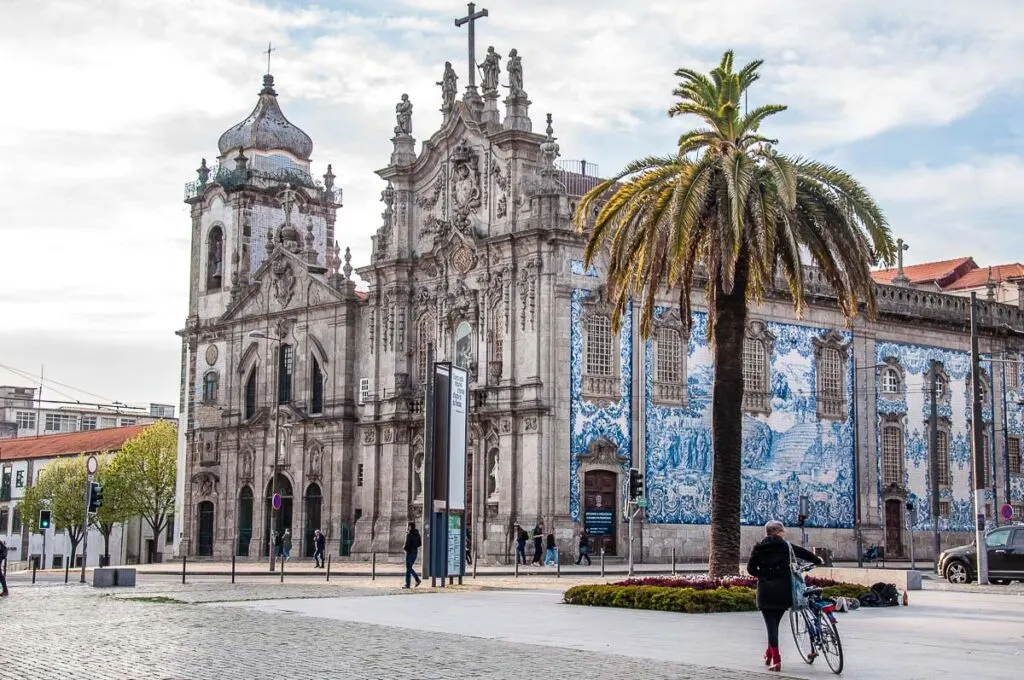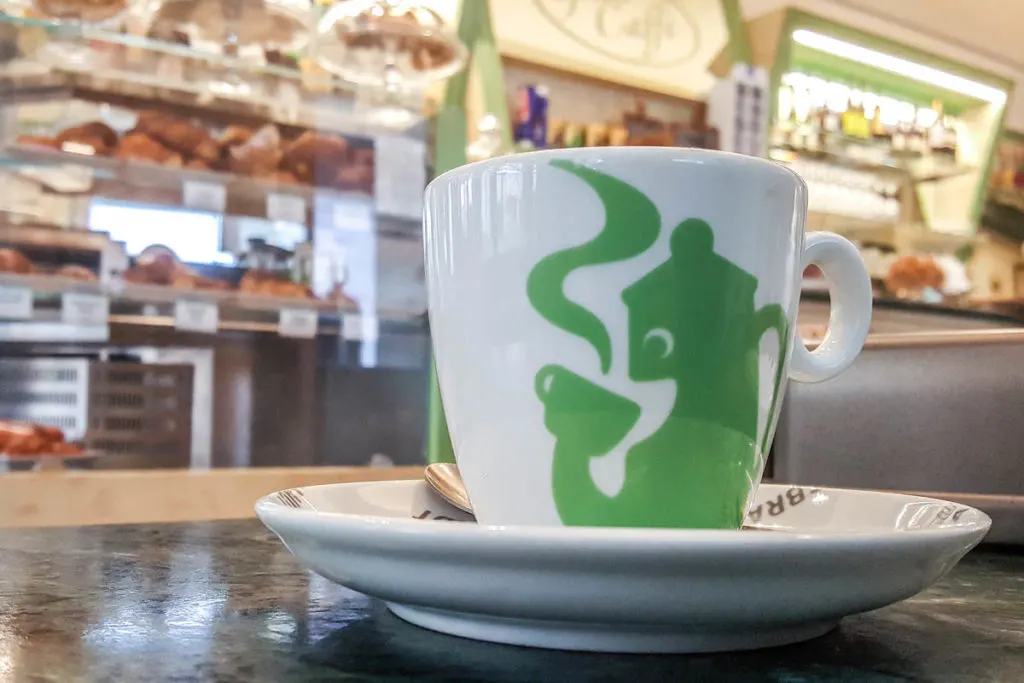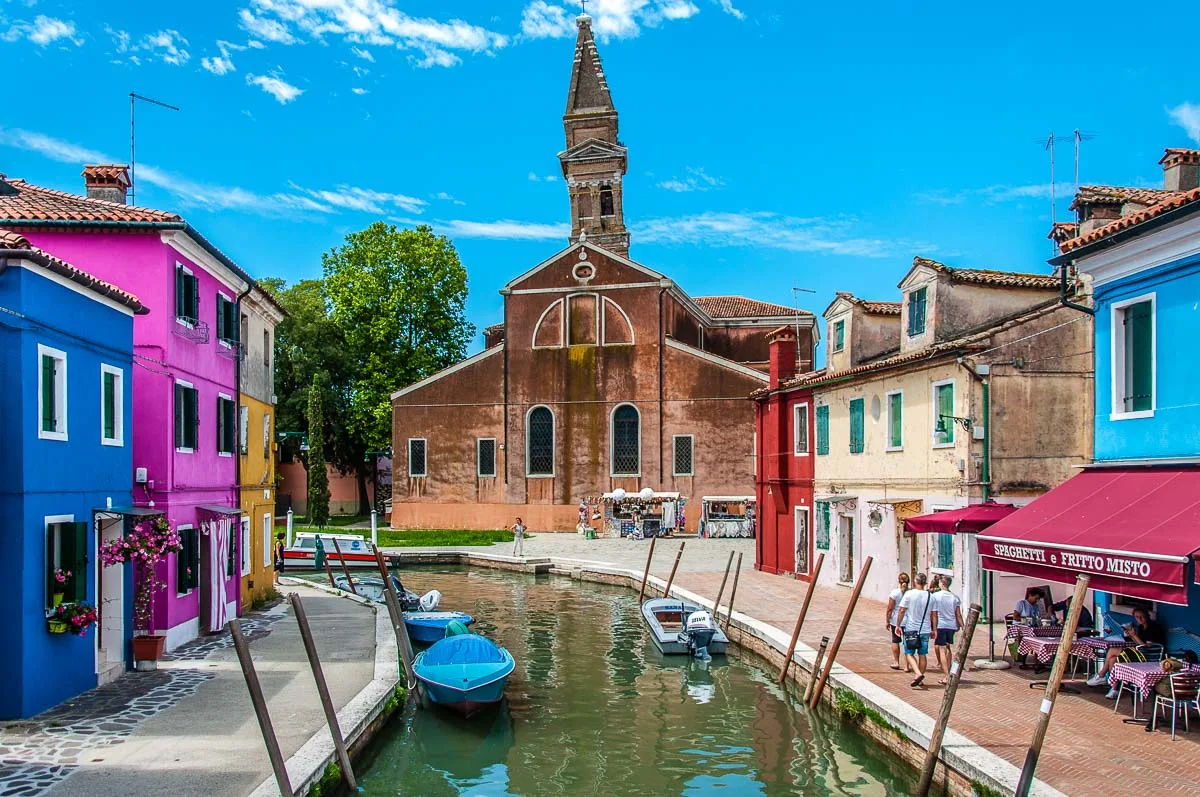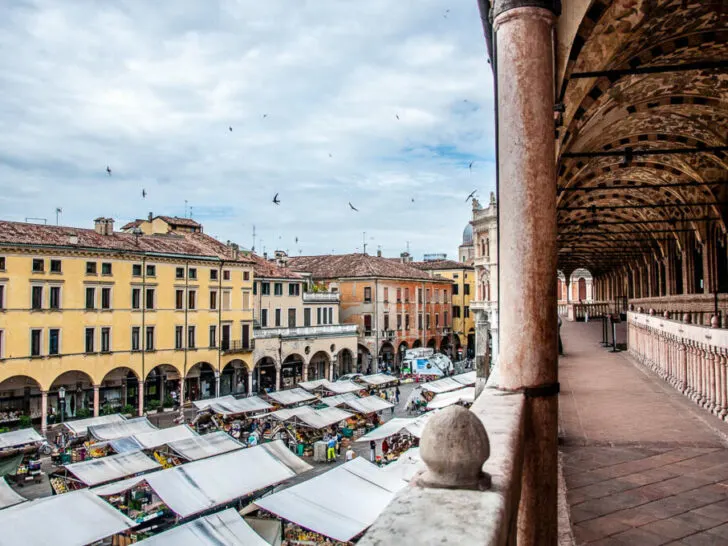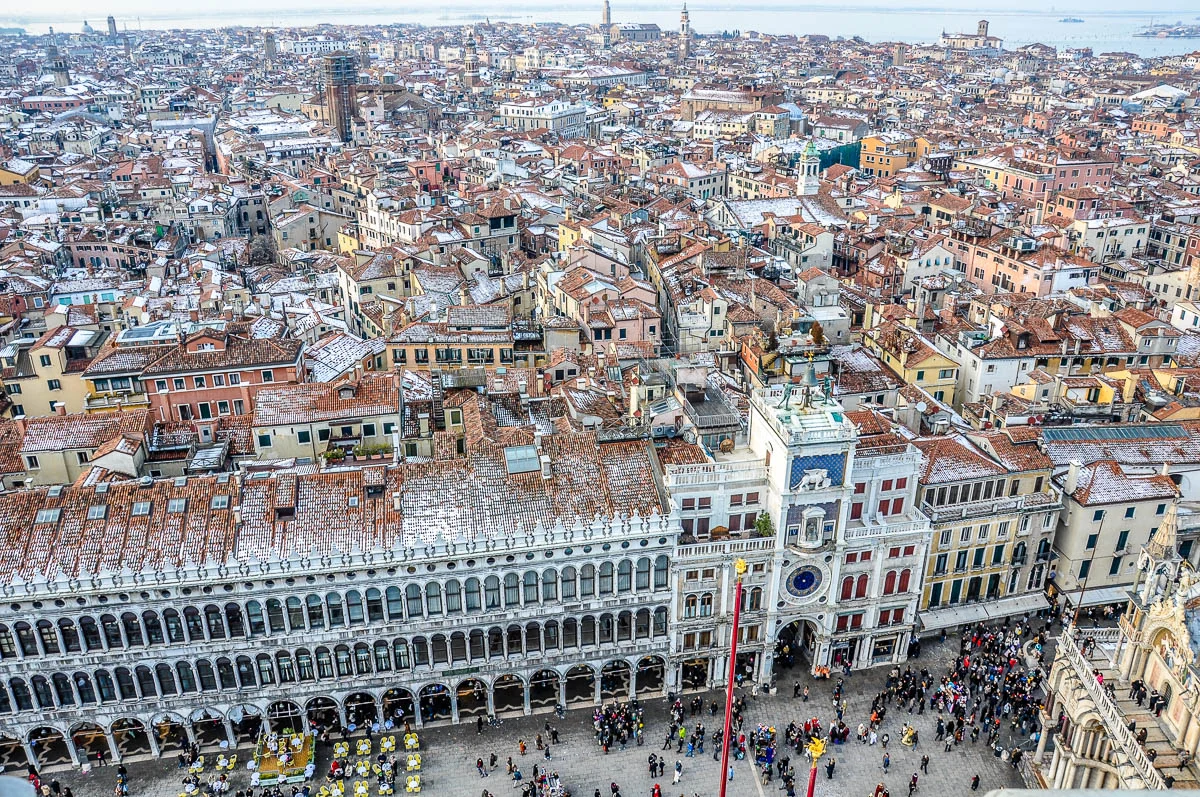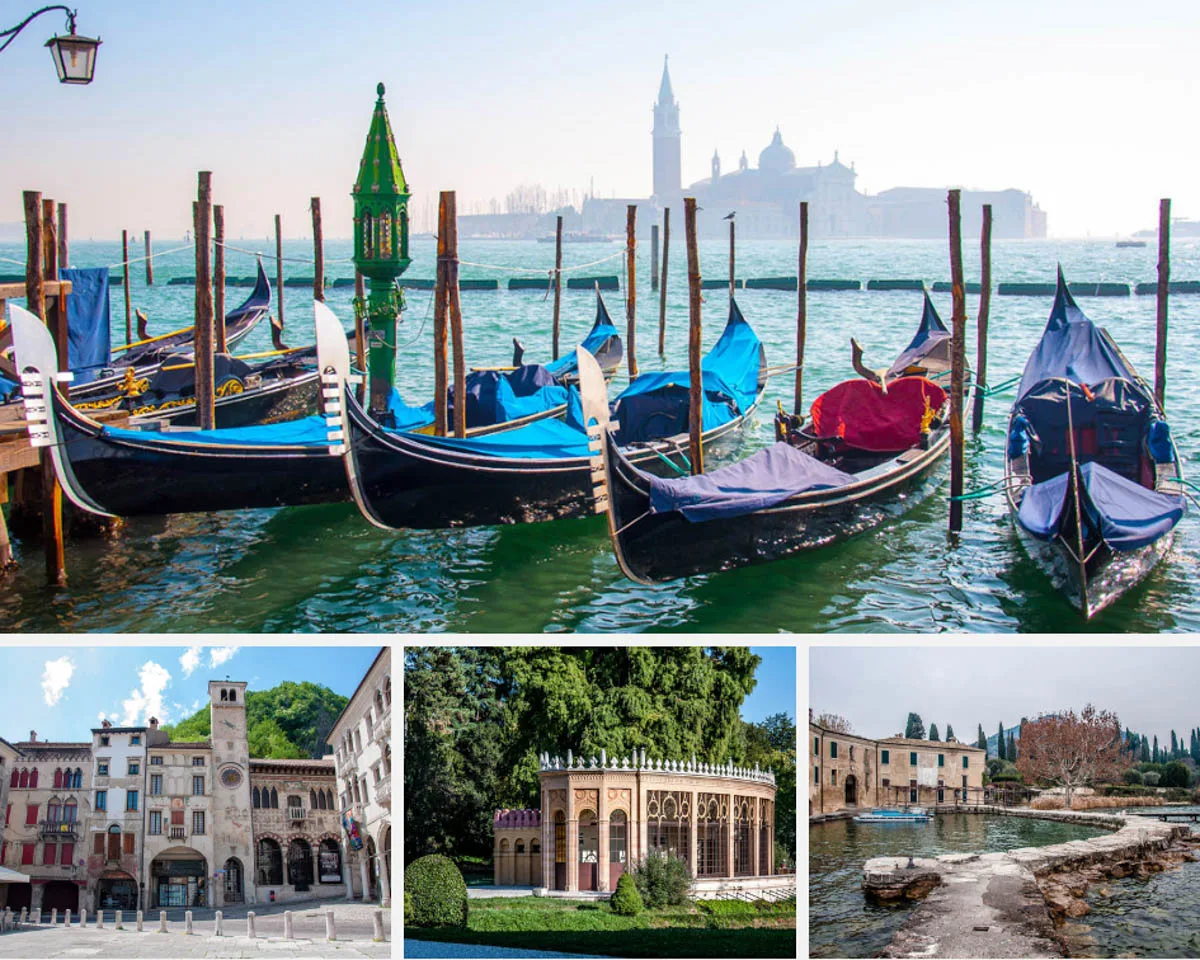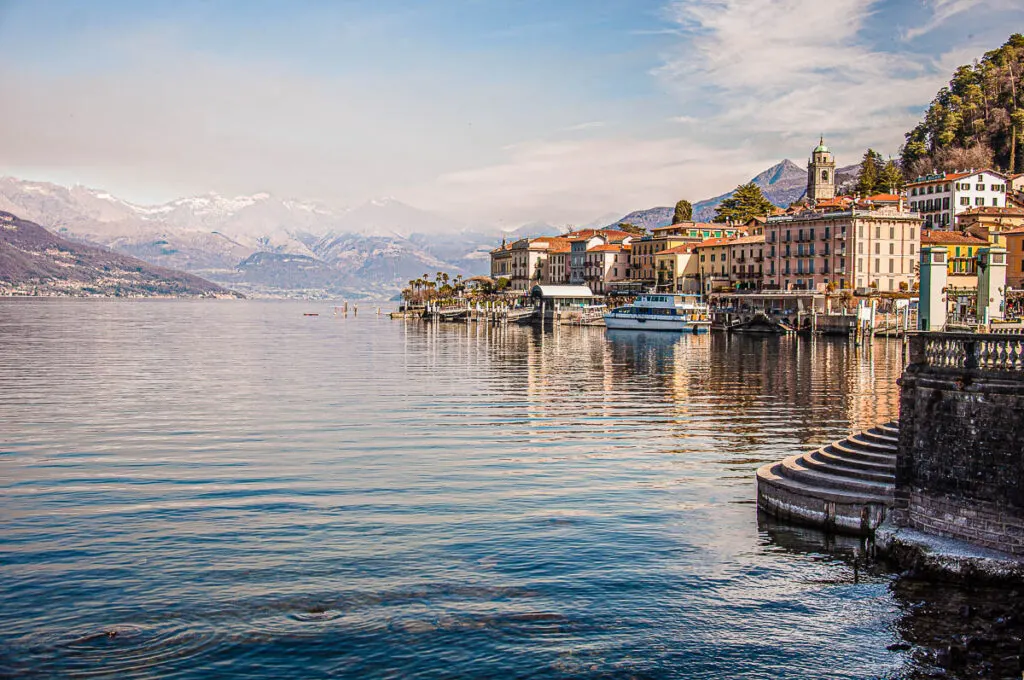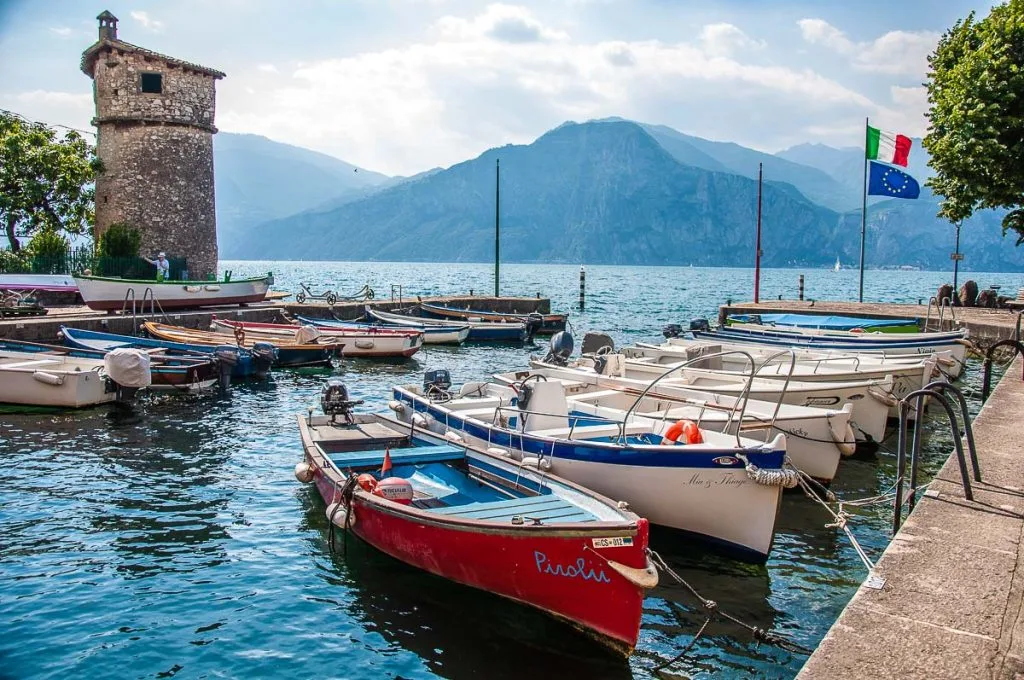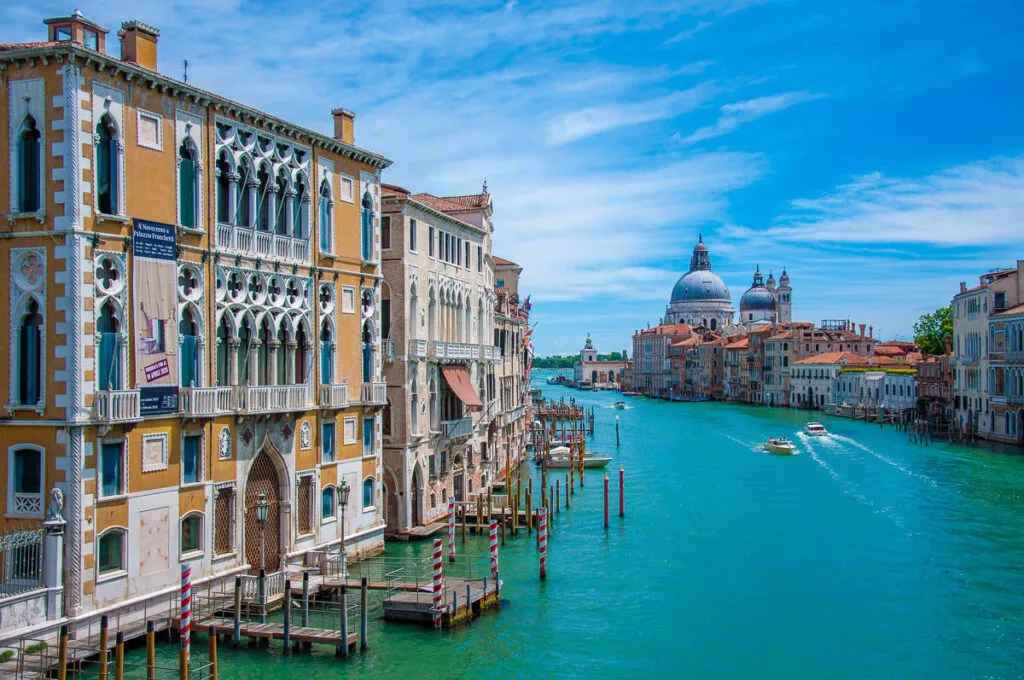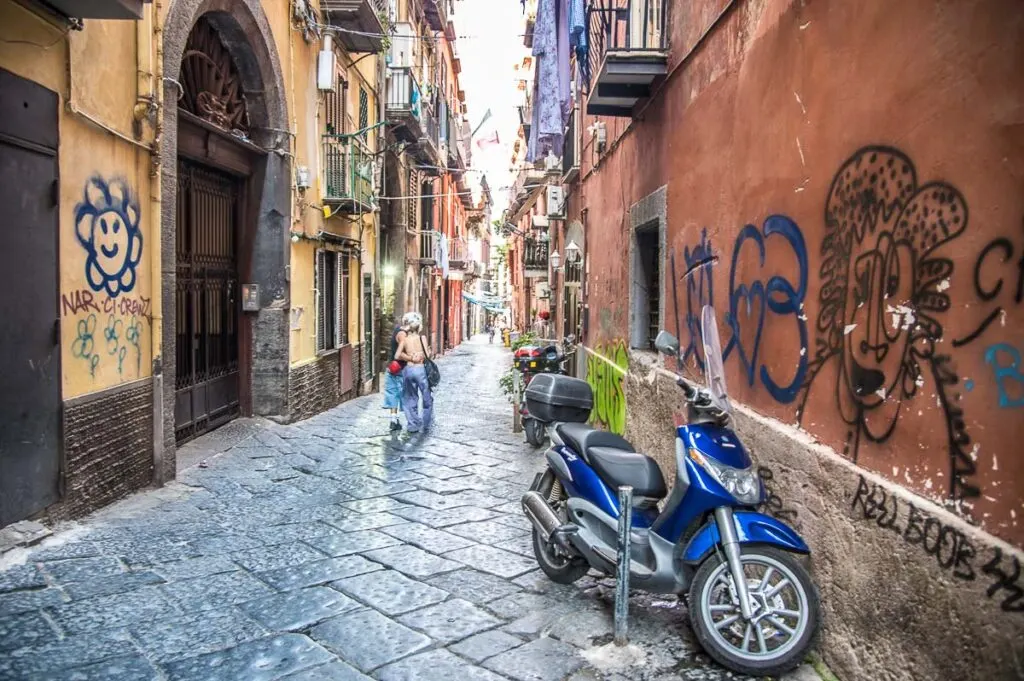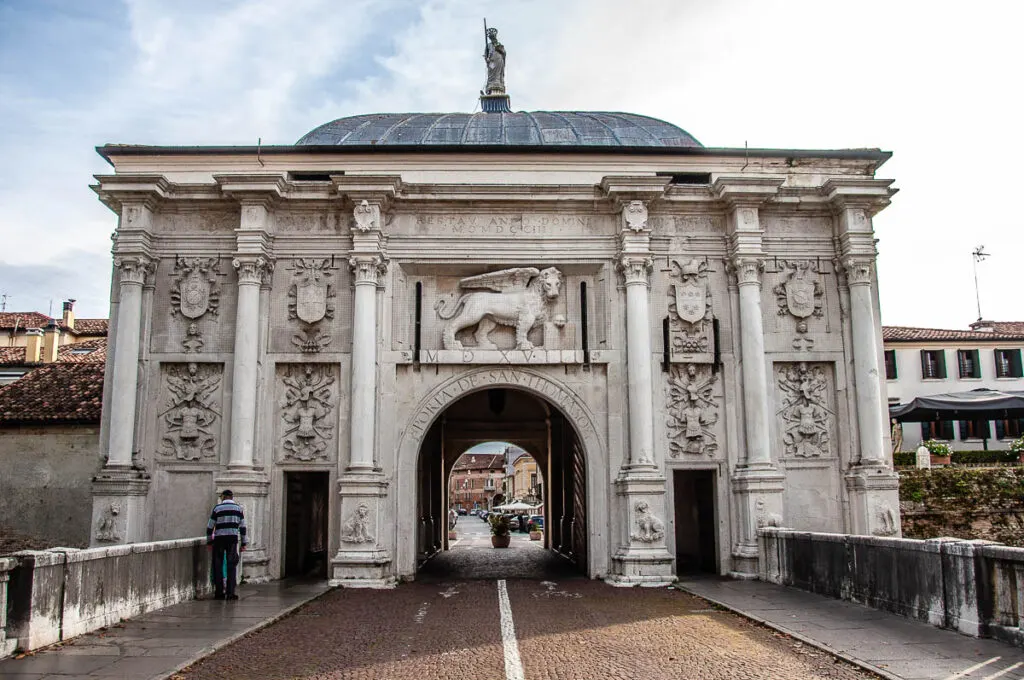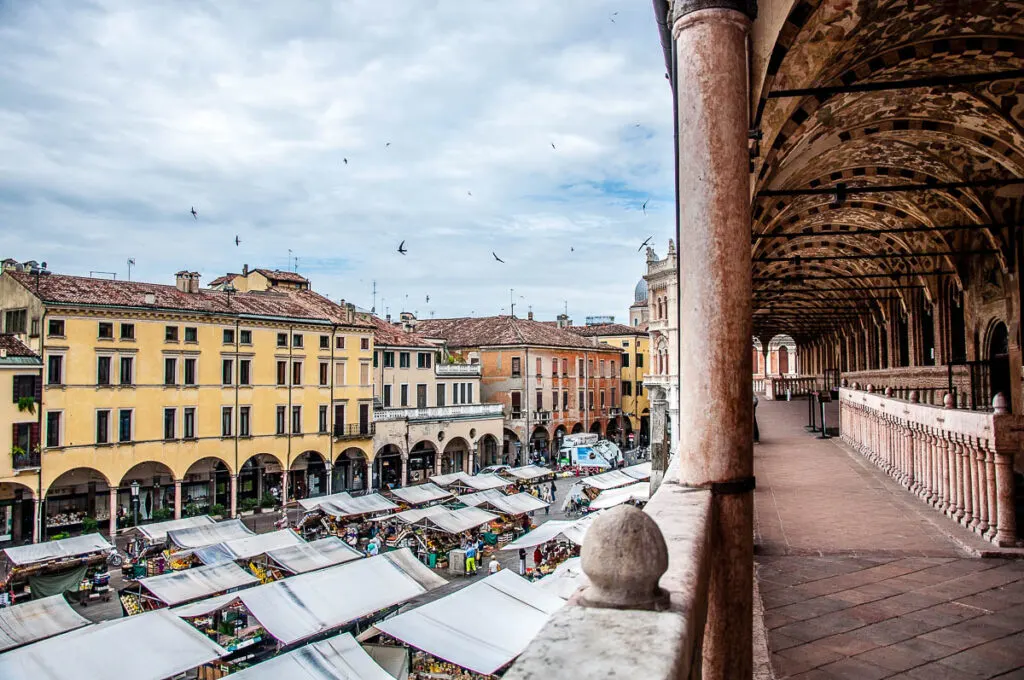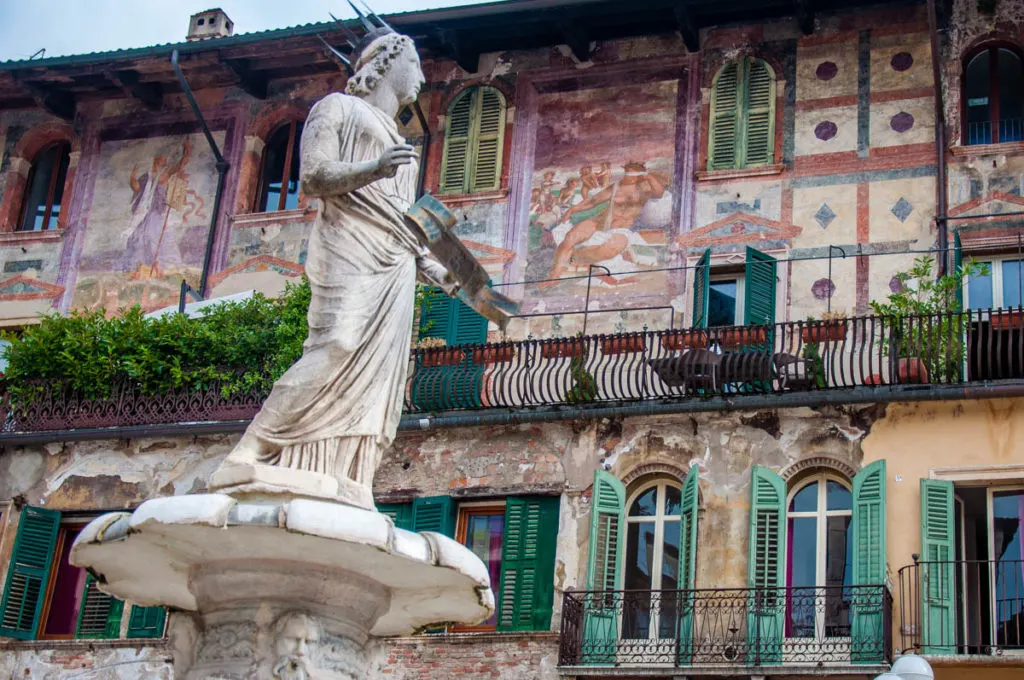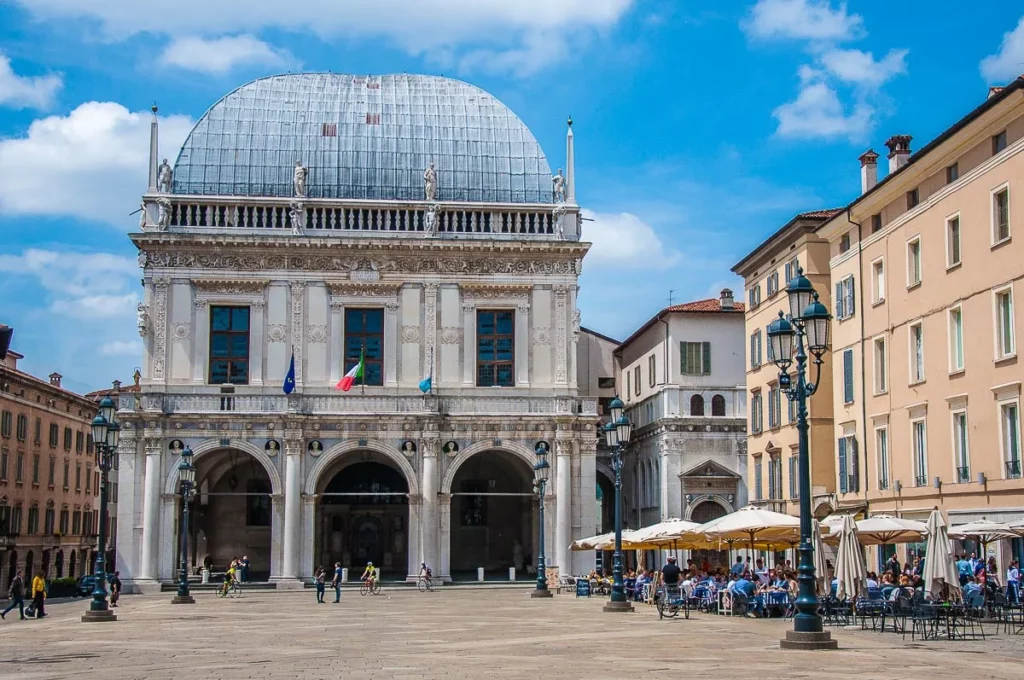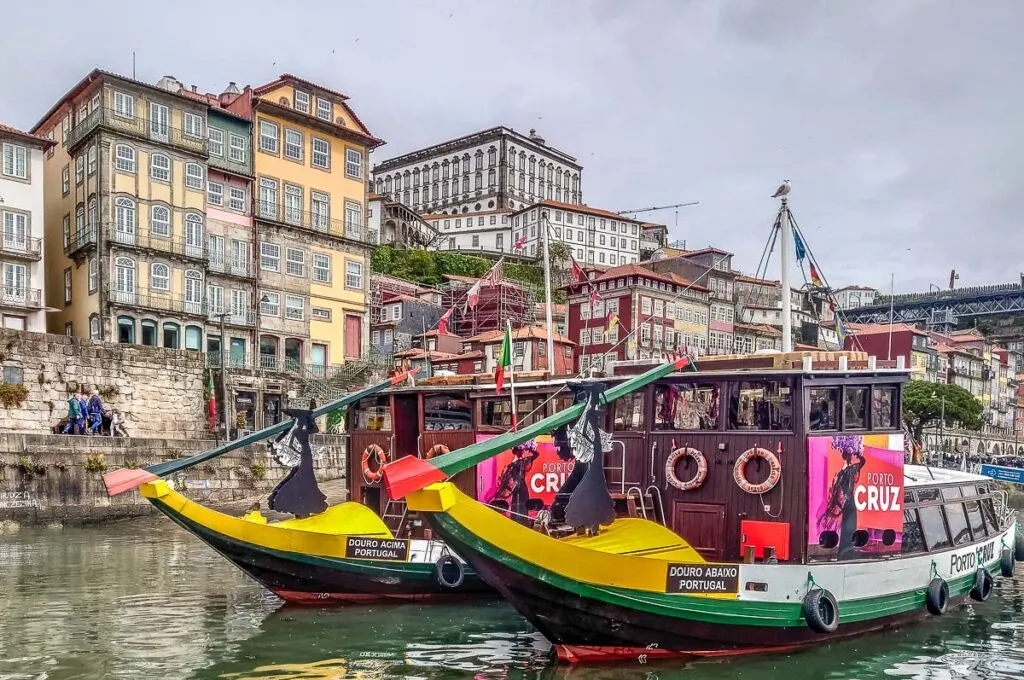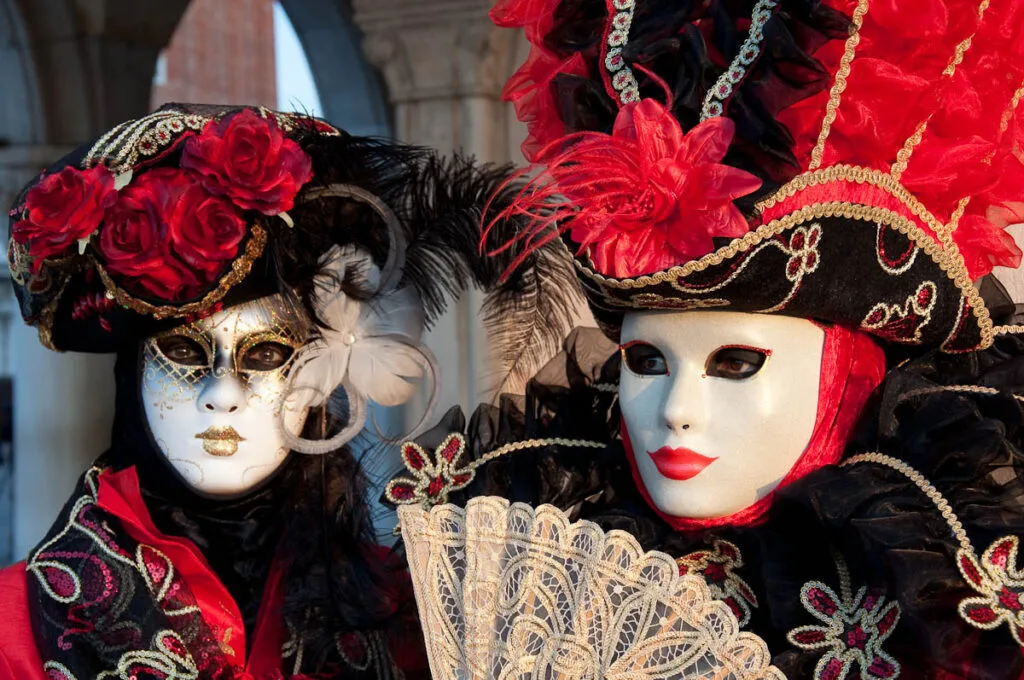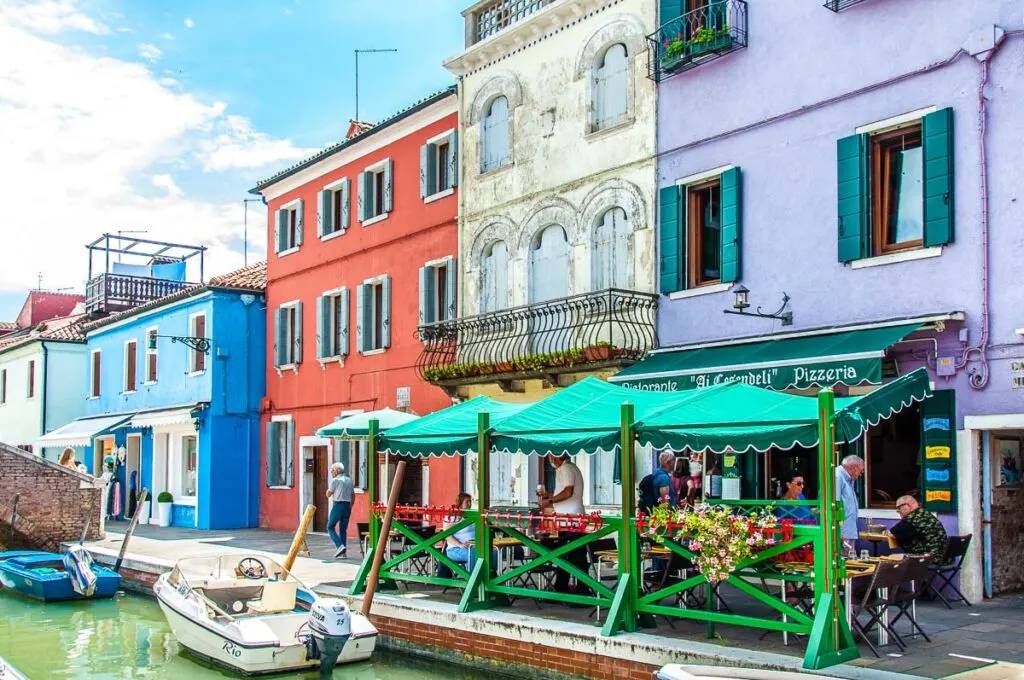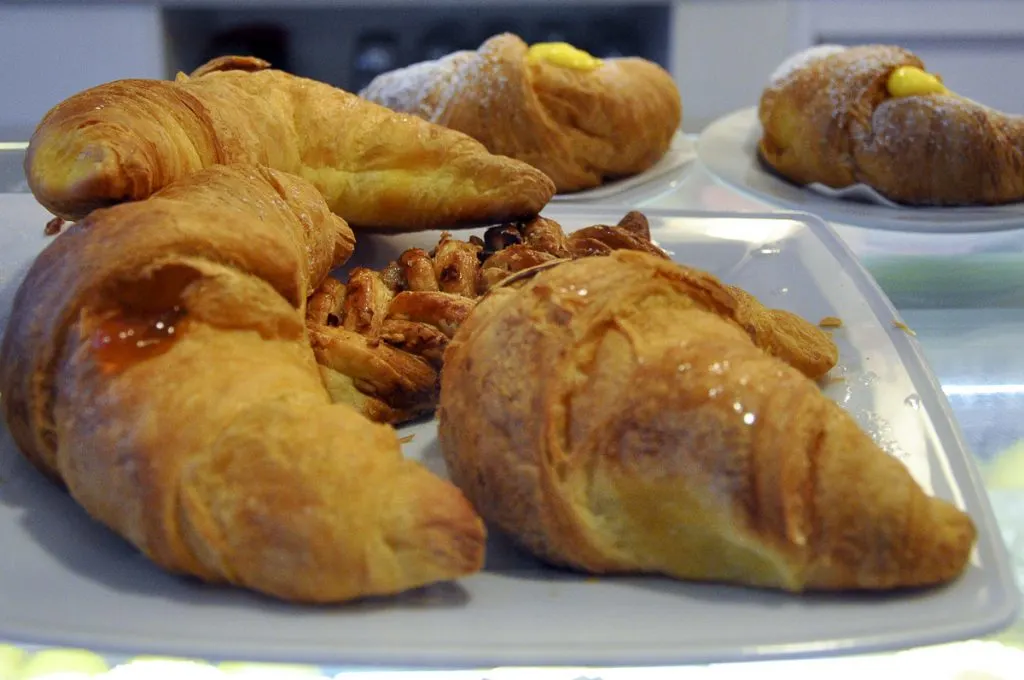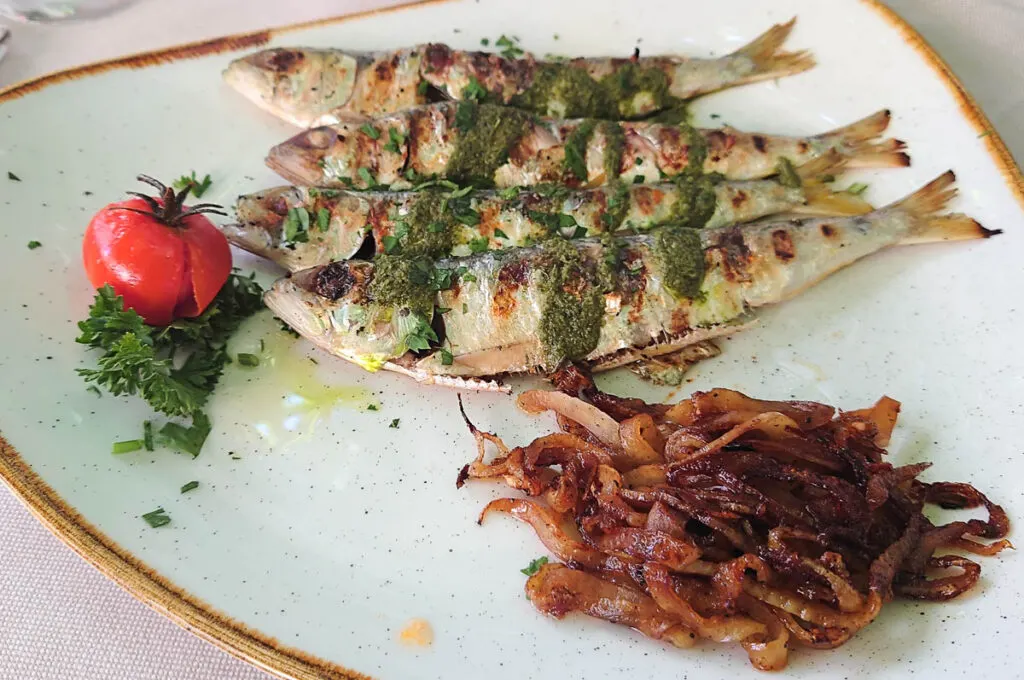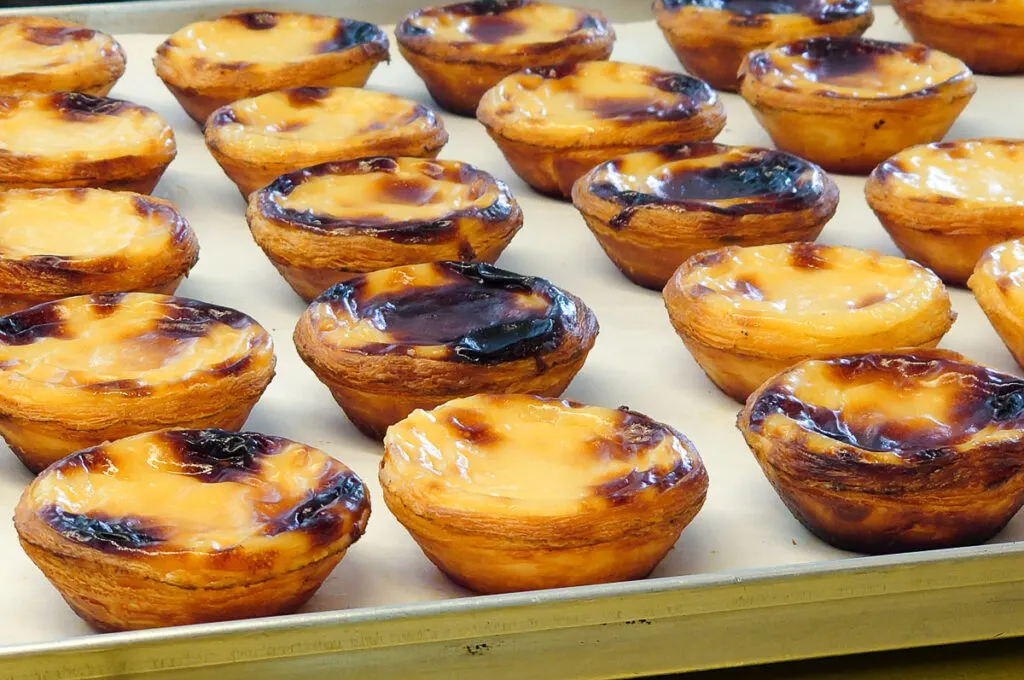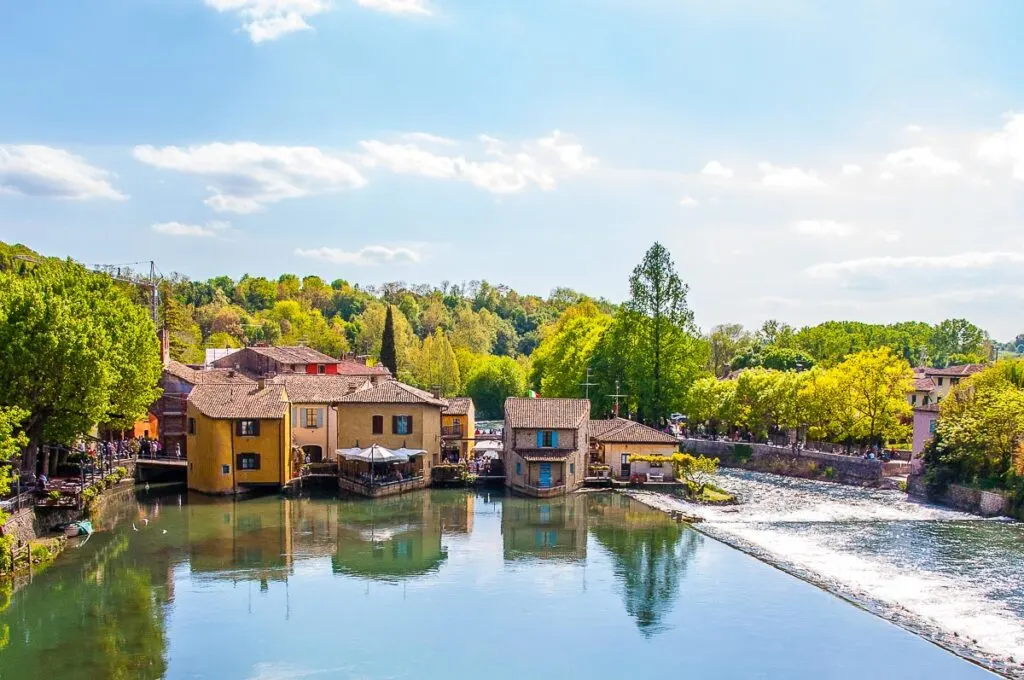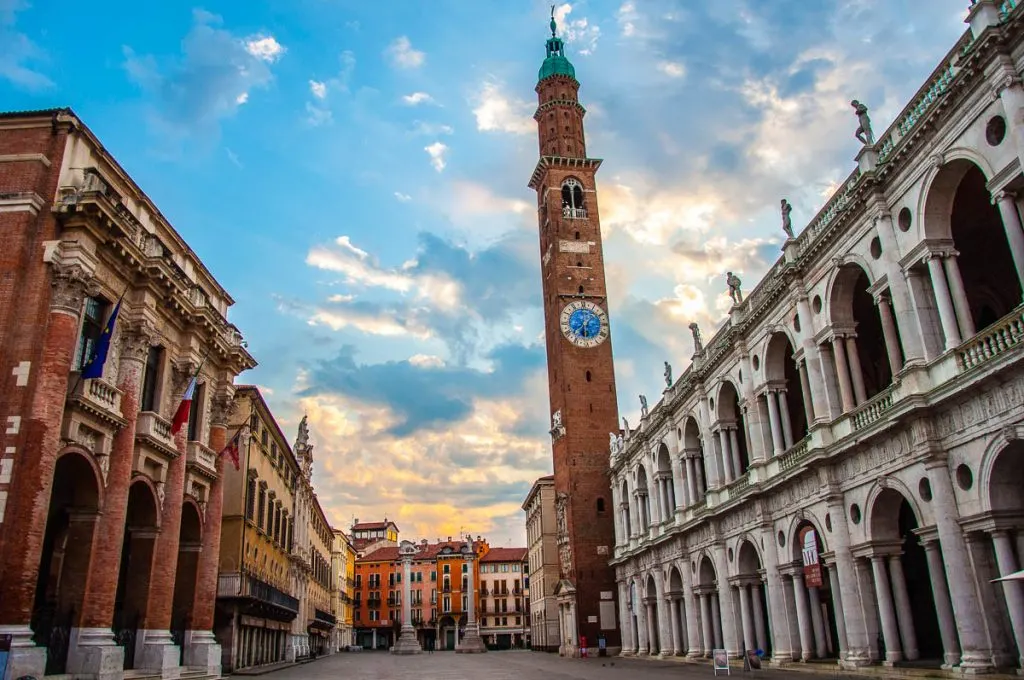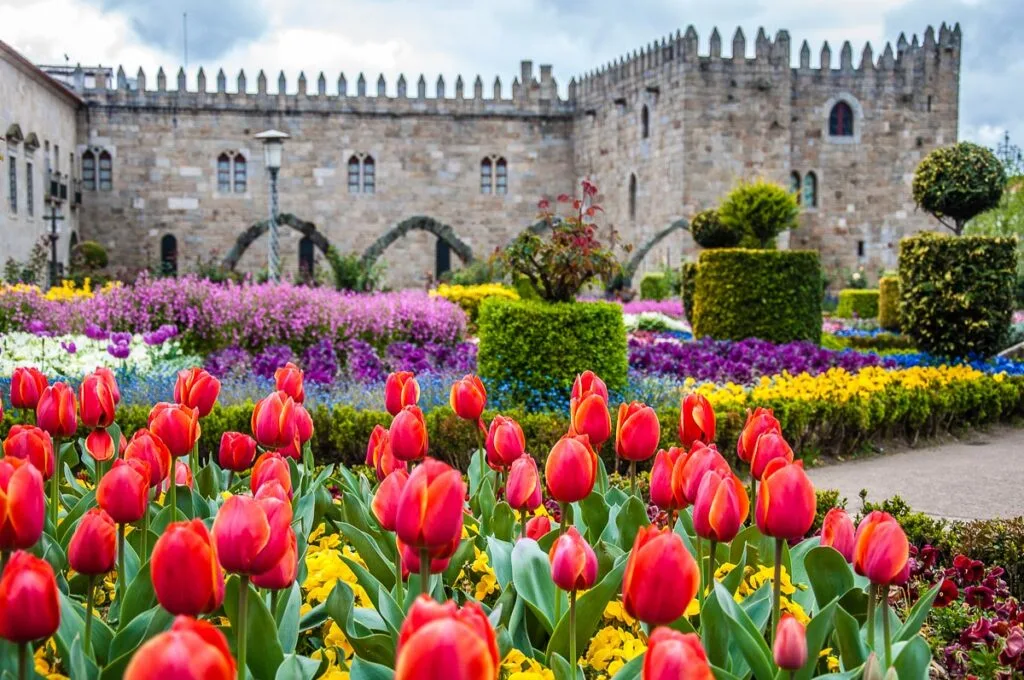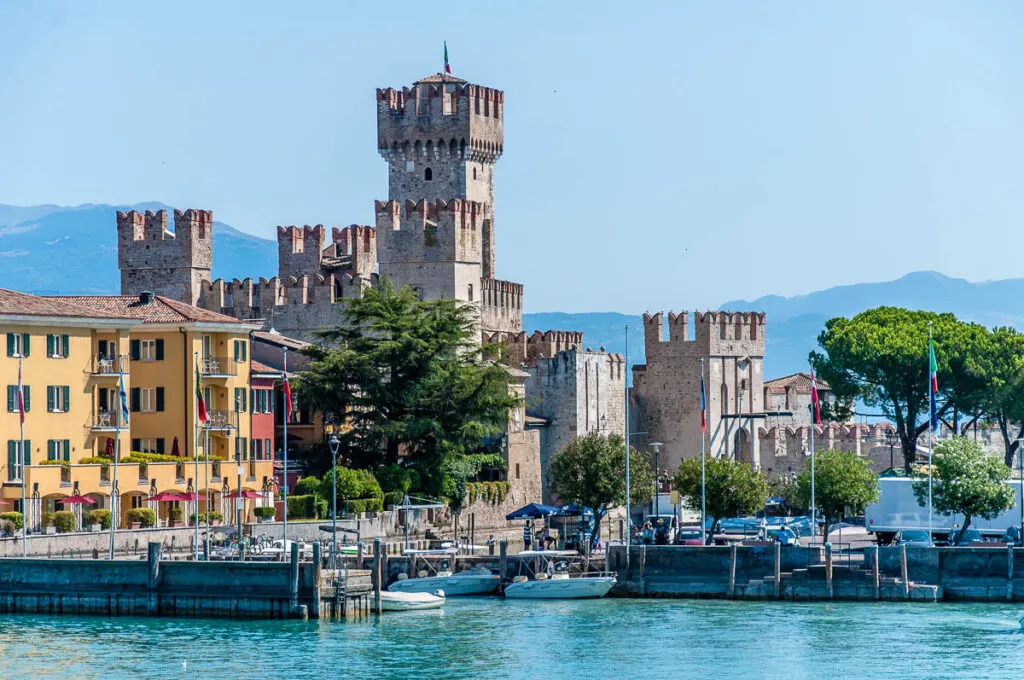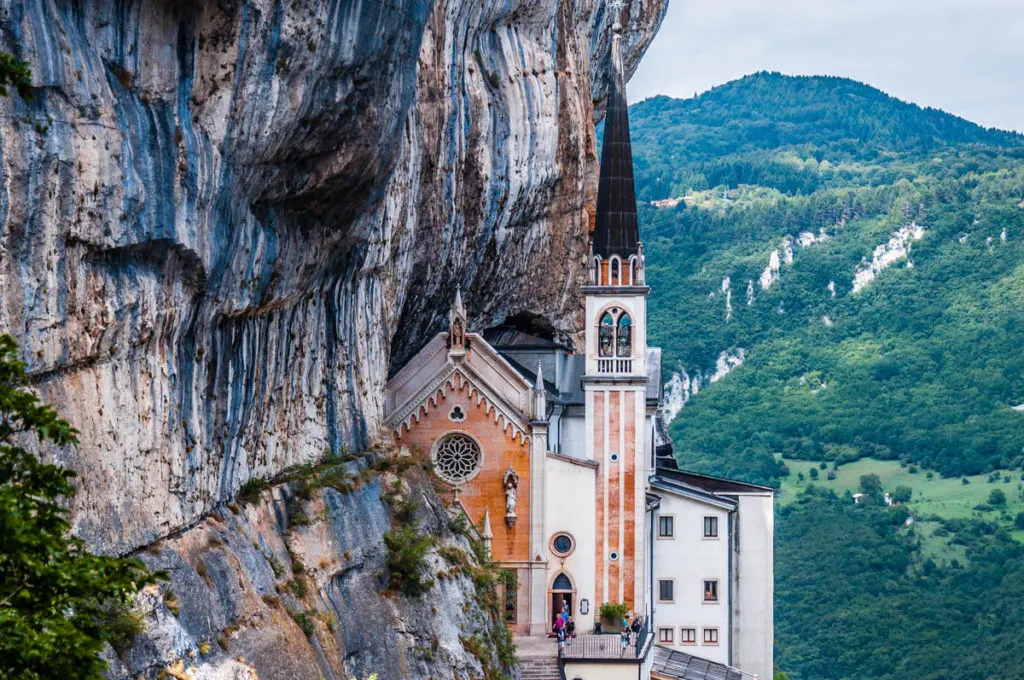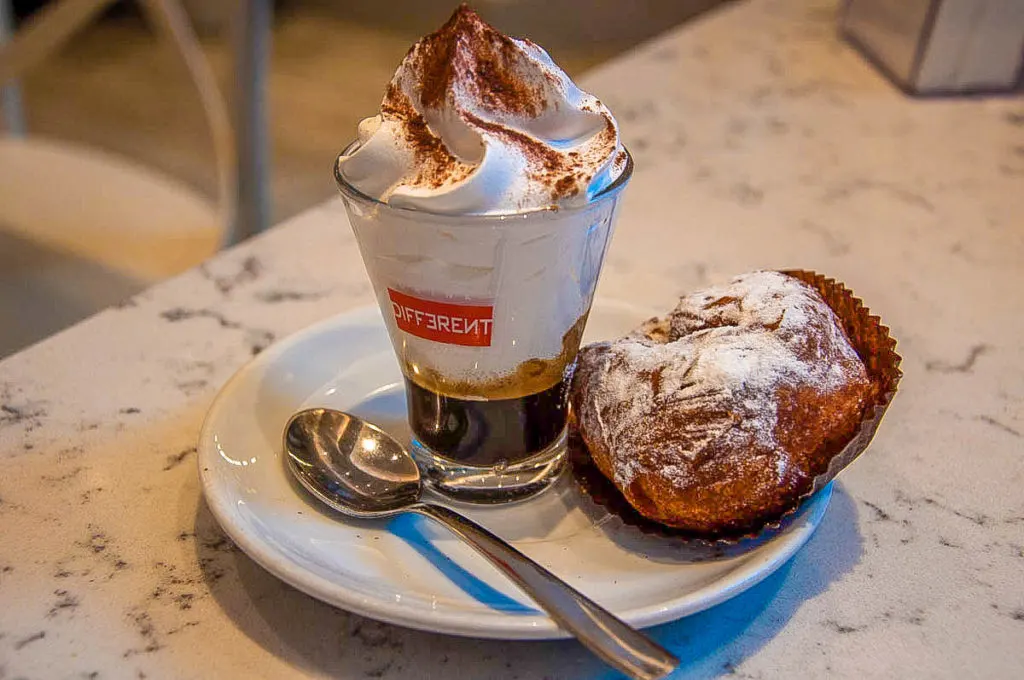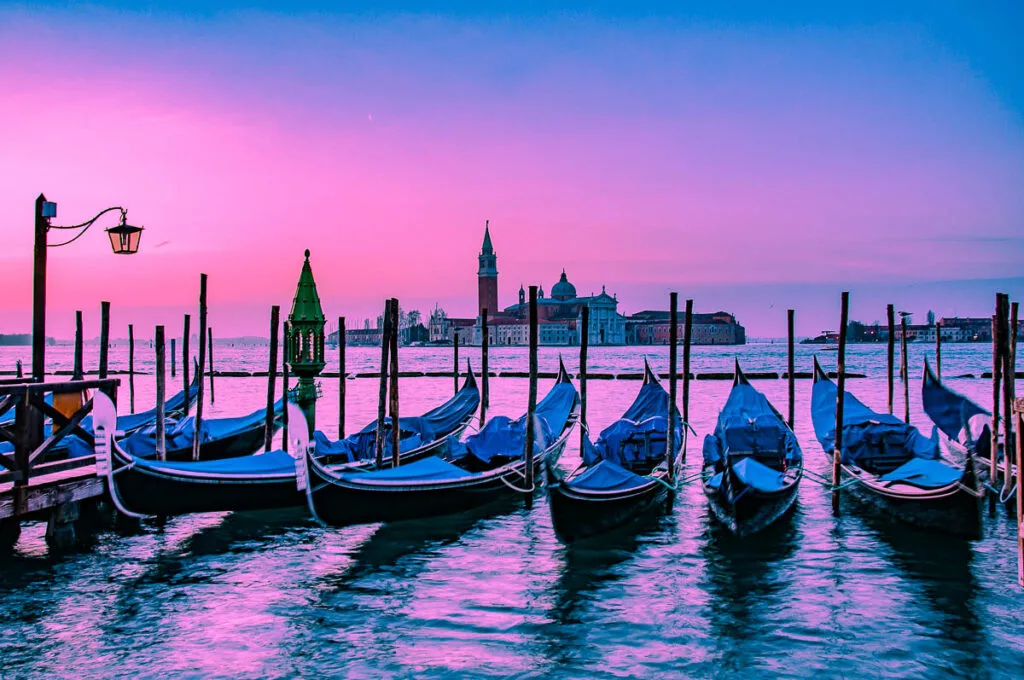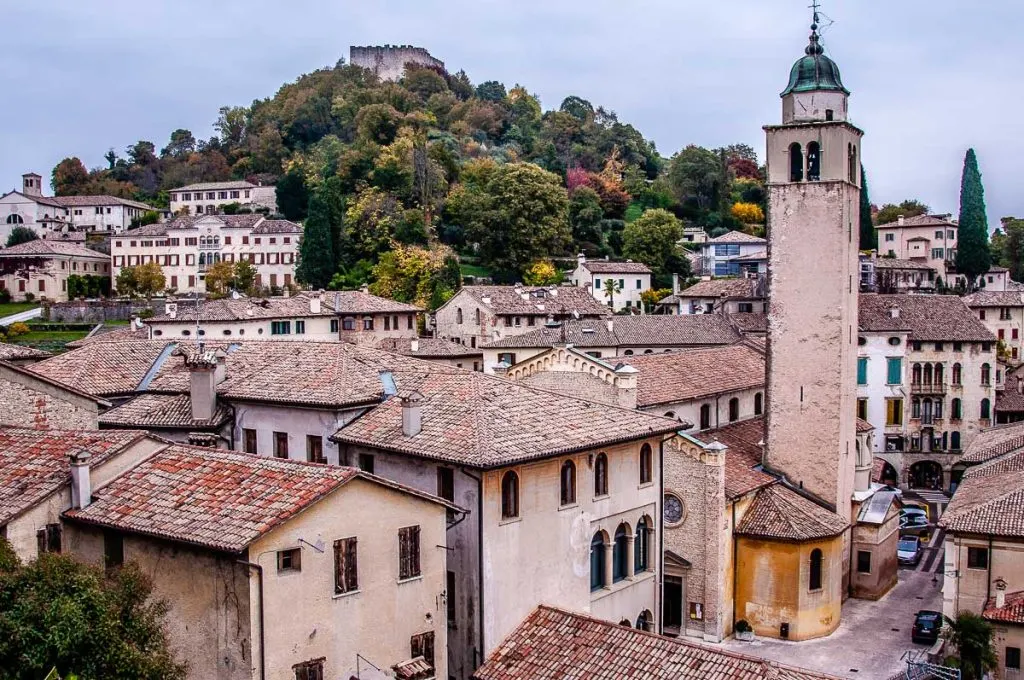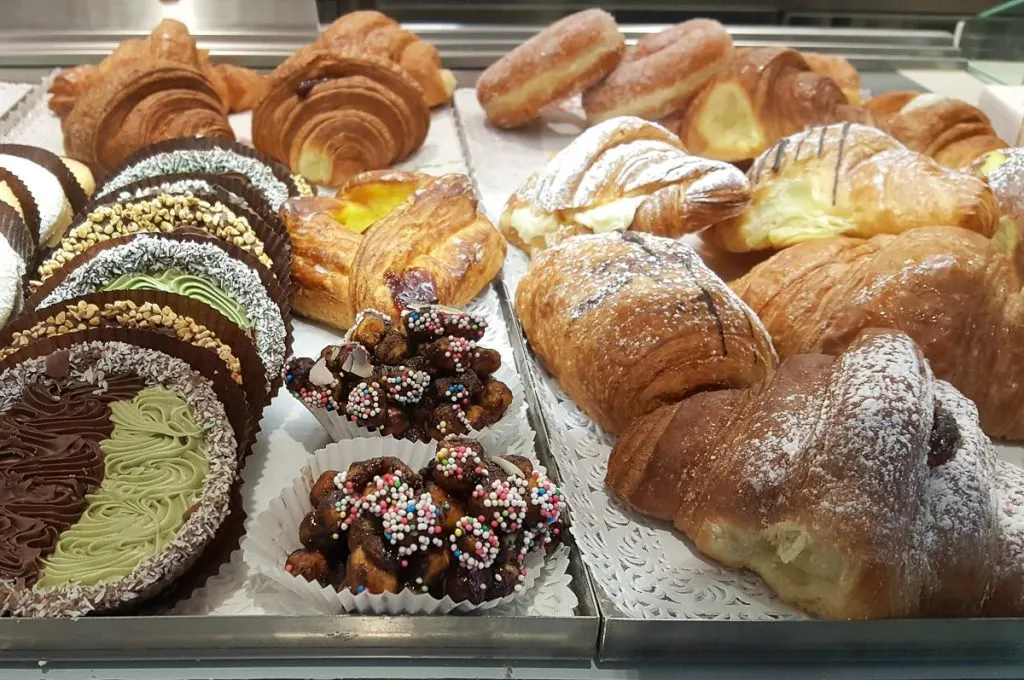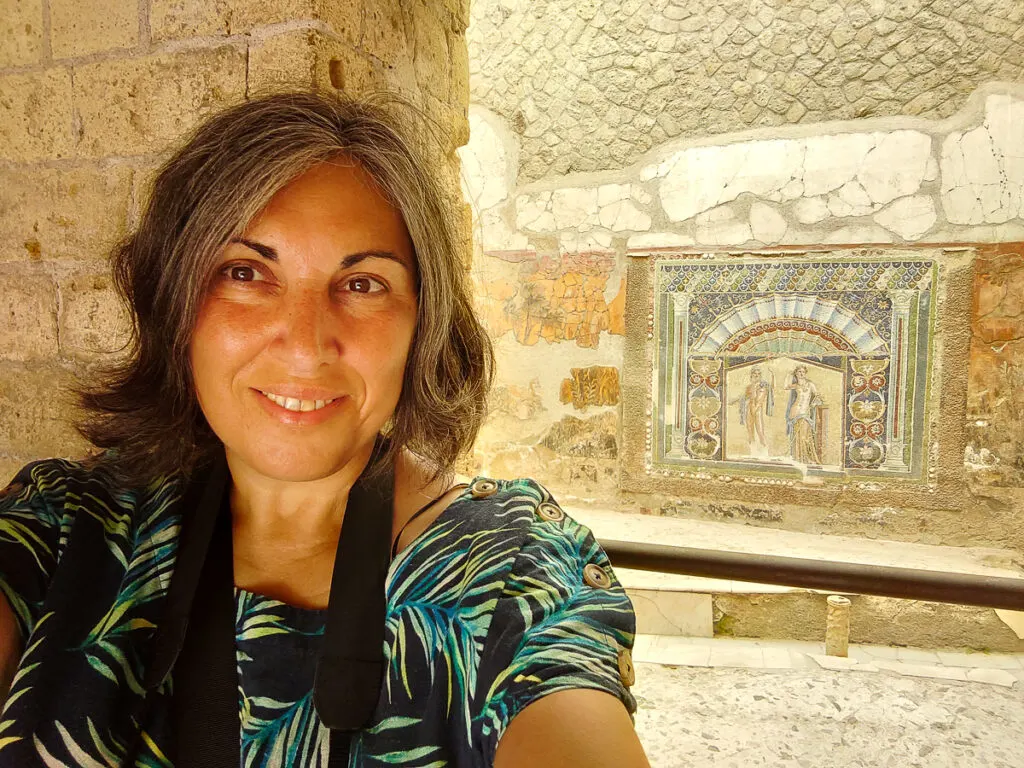
Hello! I am Rossi Thomson and this is my travel blog Rossi Writes sharing travel experiences for the discerning traveller.
Here you will find detailed travel guides and practical travel tips. Use them to help you plan and enjoy wonderful adventures travelling solo, with a loved one or as a family.
Discover the joy of travel and the beauty of exploring the history, nature, culture, and food of exciting destinations. From the world’s most famous cities to hidden gems, my original photos and detailed guides make travel planning easy and enjoyable.
Have a look!
My Latest Posts
- 10 Reasons to Visit Padua, Italy – A Must-See Italian City
- 11 Major Airports in Northern Italy (With Map, Nearest Cities, and Transfers by Public Transport)
- Top 15 Places to Visit in Veneto, Italy – The Ultimate Guide (+ Map, Tips, and Itinerary)
Lake Como
Travel Guide
Explore Italy’s most famous lake!
Best Towns
Visit the most beautiful lakefront towns!
Best Things to Do
Discover exciting sights, elegant villas, and nature hikes!
How to Get There
See the best ways to travel to and around Lake Como!
Top Destinations
Travel Highlights
Types of Travel
Food
Hidden Gems
Borghetto sul Mincio
Enjoy this medieval hamlet with ancient mills and delicious food!
Guimarães
See the birthplace of Portugal!
Šibenik Archipelago
Island hop around this little-known group of islands in Dalmatia!
Shere
Get to know England’s romcom village!

